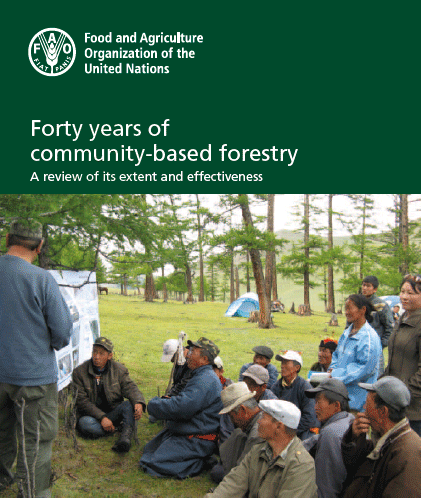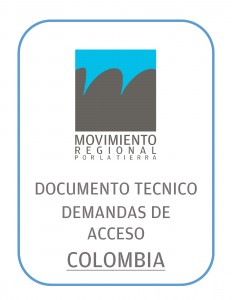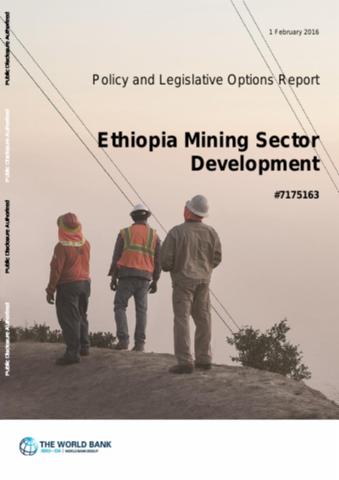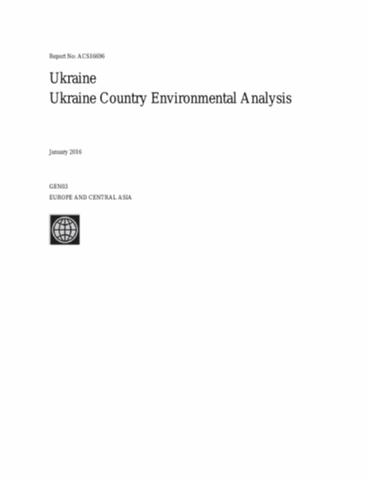Zimbabwe Economic Update, February 2016
Low export prices and high production
costs are contributing to a persistent deficit in the
external accounts. Despite narrowing somewhat in recent
years, Zimbabwe’s current account deficit remains much
larger than those of comparable countries in the region, and
exports currently amount to just over half of imports. A
decline in global prices for gold, platinum and other
mineral commodities, coupled with unresolved supply-side





